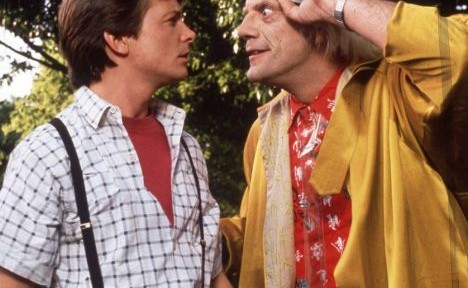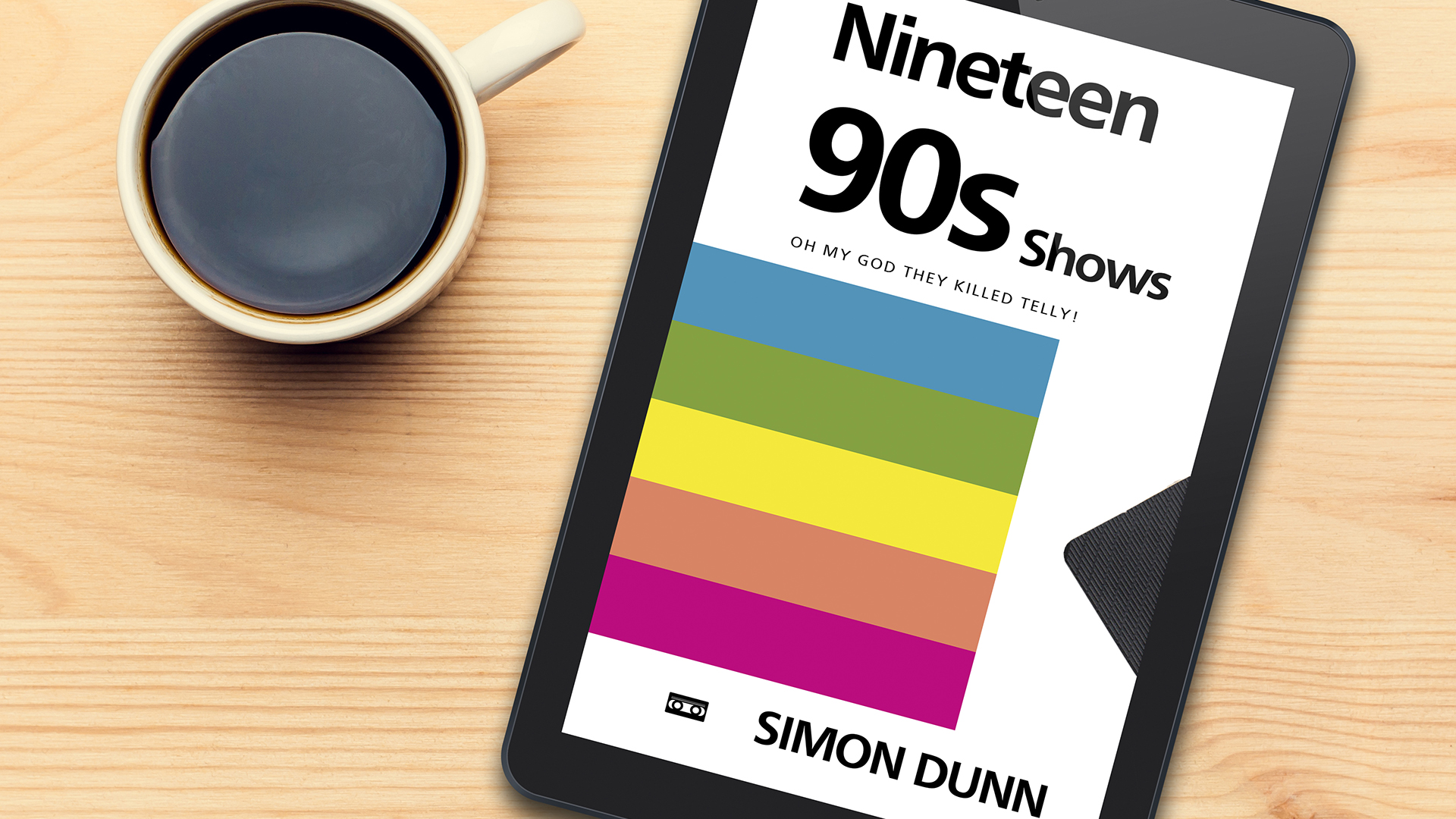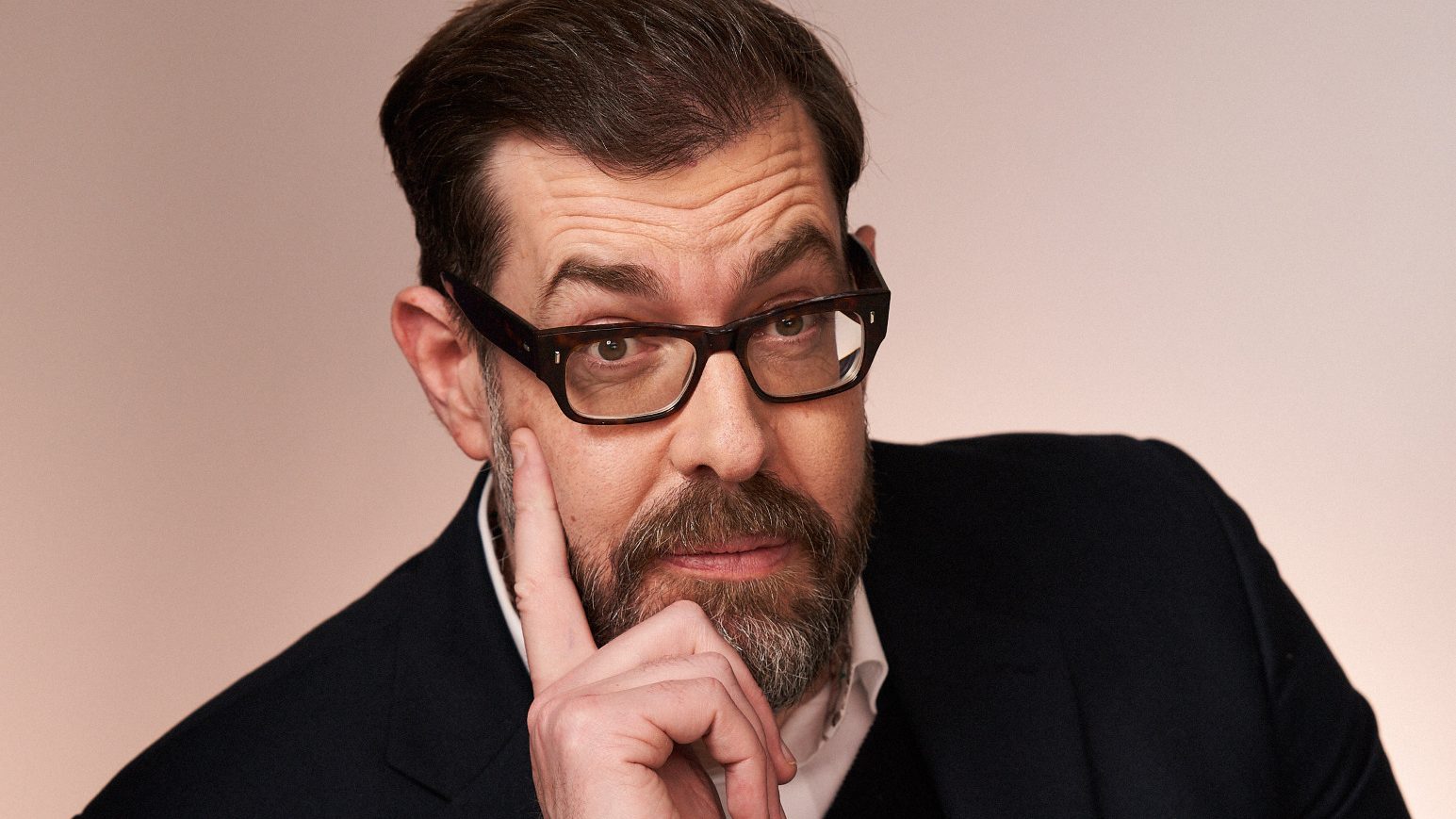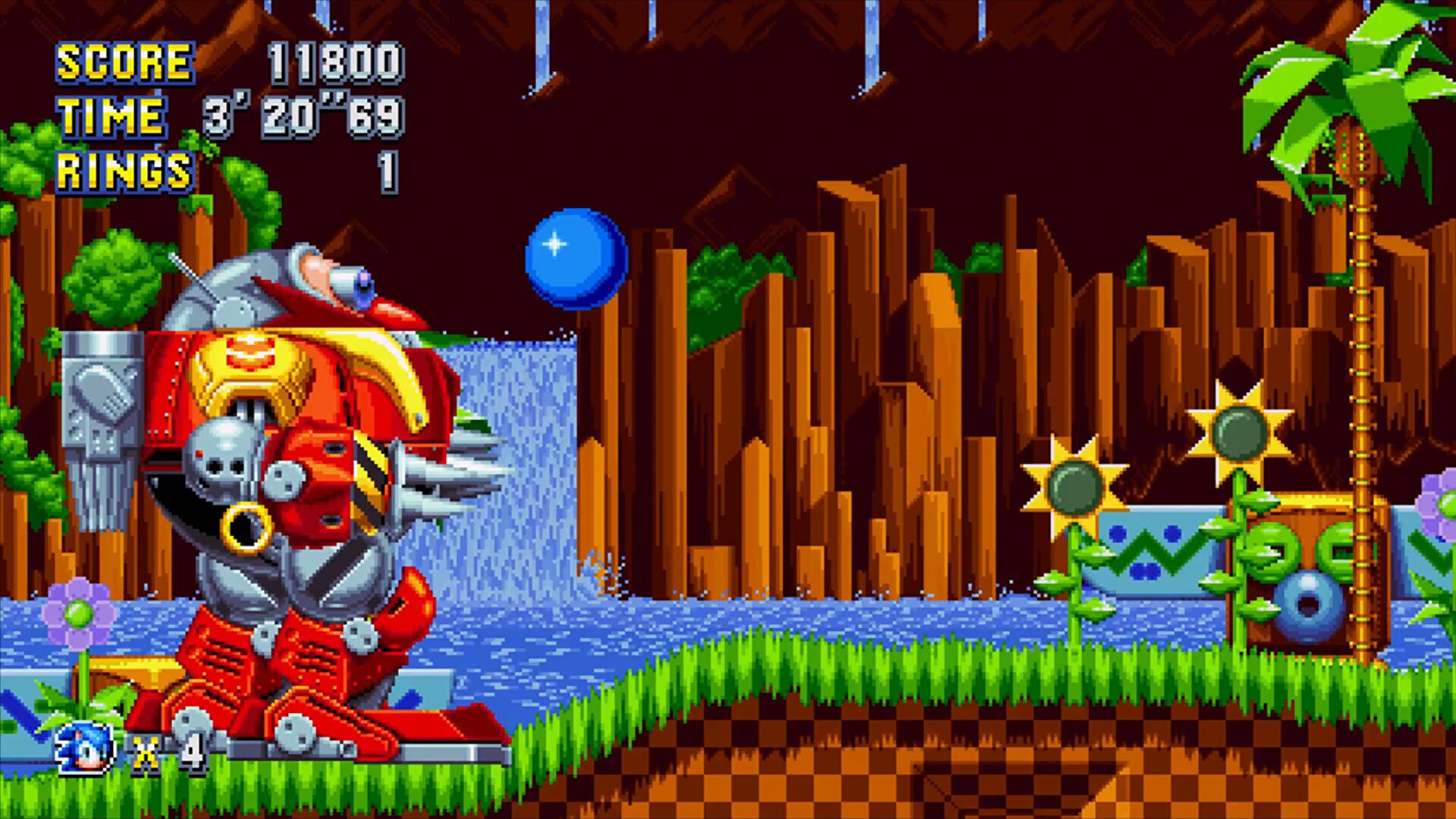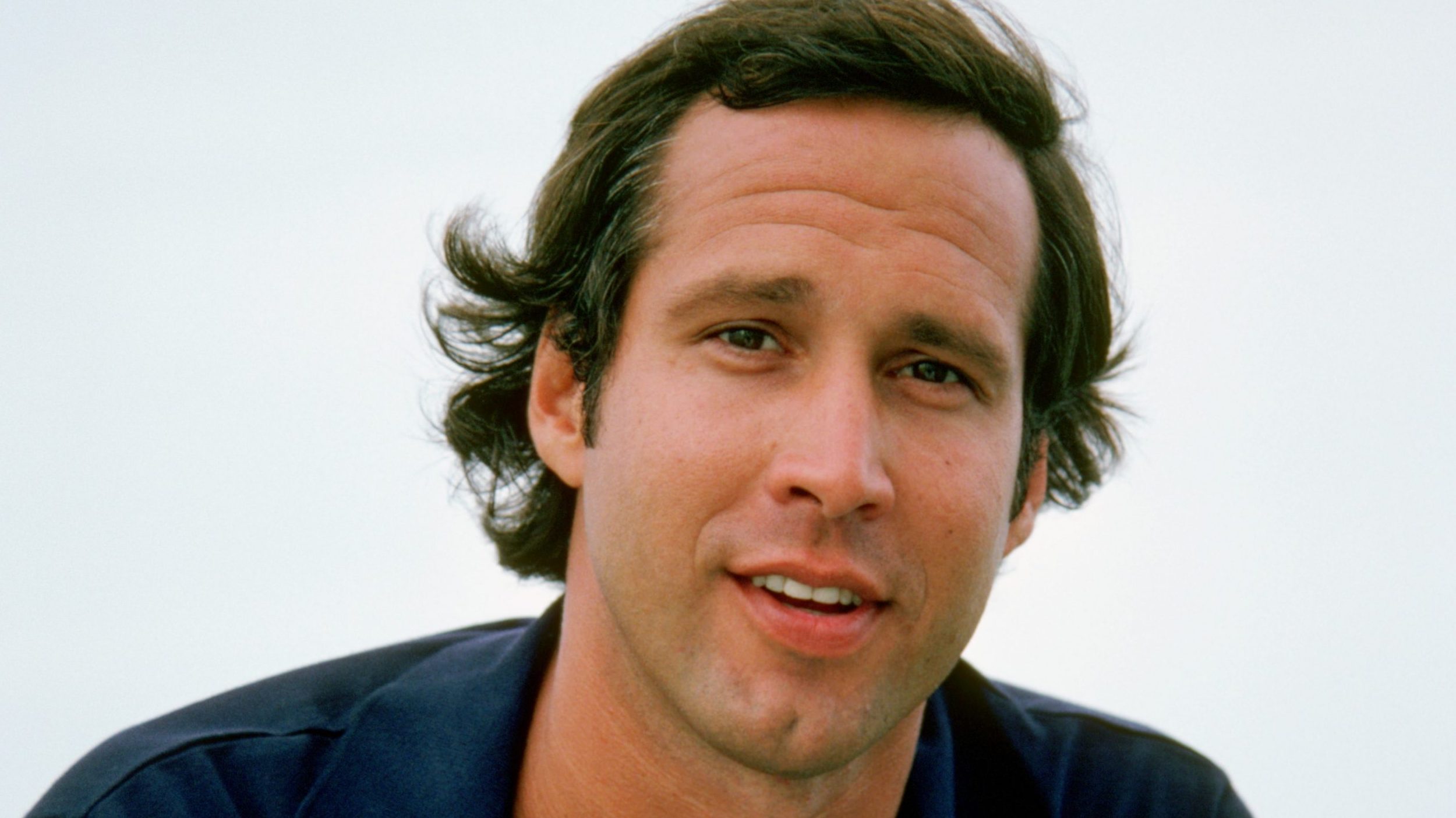You’ve just finished your first draft, and you’ve read it back, and you feel it’s a bit flat. So, what can you do to improve it? What can be done in the re-write to make it pop? Here are seven way to improve your story (or What Back To The Future Can Teach Us About Storytelling).
1. Give Your Character Choices
Make sure your protagonist is presented with some clear choices at the appropriate moment. It’s much better to have your hero choose to go on their quest than to force them into it.
Marty McFly doesn’t choose to go back in time, but he does choose to jump into the DeLorean and flee from the Libyans. He also chooses to accelerate it to ninety. Later, he also makes the choice to rescue his Father from being run over.
2. Make Sure Those Choices Have Consequences
If you’re going to give them a choice, then you need to make sure they pay the price and deal with the consequences.
The consequence of Marty choosing to escape in the DeLorean, is of course, being stranded in 1955. But equally, his choice to rescue his Father endangers his whole existence, and triggers the plot to get his parents back together. Choosing to stand up to Biff puts him in danger too, and triggers a fun action sequence.
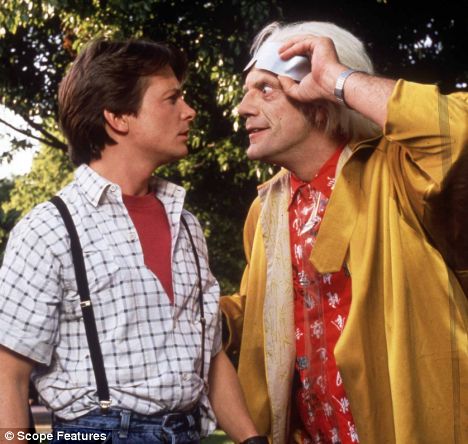
3. Show What Your Hero Wants
Every story is about a character who wants something badly, and is prepared to do whatever it takes to get it, no matter what the cost. But it’s no good if we don’t know what our hero wants.
Throughout the opening act we learn what Marty wants in Back To The Future, and we learn it by being shown, not told. We see his desire to see his Father stand up to Biff, we see his want of a truck, we see his failed dream of becoming a rock star, we see him wanting his Mother to be sober and his siblings to be better.
What’s more, we even see the consequences of his failure to get his parents together. The photo is a lovely plot device, elegantly showing us his brother and sister vanishing, and later we see Marty himself disappearing before his own eyes.
4. Plant Then Payoff
Back To The Future is a masterclass in plants and payoffs. In the opening two or three scenes we learn about the stolen Uranium, we see the truck, we learn about the clock tower and the lightning storm, we meet the mayor, we meet Strickland, we see Marty playing his guitar, and so on and so on.
Nothing here is wasted; it’s all paid off later in the story. The lightening storm is what drives the whole time travel plot, and the oft-told family story of the Enchantment Under The Sea dance drives the parents sub-plot. In fact, this is a great example of a moment of characterisation being used as a clever bit of exposition.
5. Overlap Your Plots
It always improves a story if your main plot and sub-plots inform one another.
Marty can’t get back to the future until he resolves his parents love-life, but it gets to the point where doing so impinges on his ticking clock scenario; he has to be at the town square by a certain time. These two plot strands often overlap and affect one another, and the resolution of them both is what brings Marty what he wanted all along; a better family life.
6. Add Some Humour
Even the best drama has humour, and lacing your story with such moments can do nothing but improve it. Jokes and comedy are also a good way of papering over clunky exposition.
When Doc outlines his plan to harness the lightning, the sequence ends with a fire, and a funny look of shock from the mad-haired scientist. The exposition is necessary, the humour is not – but it’s the humour that makes the scene rock.
7. Watch Back To The Future
Walking away from a script or manuscript is always a good idea. Get some distance from it, and then come back to it with fresh eyes. It’s not always possible to put it in the drawer for a month, but the longer you can leave it, the better.
And what better way to spend that time than to watch a great film with a compelling and well-structured story? I recommend Back To The Future. And once you’ve watched it, start again with point number one. But only if you want to.
You can subscribe to my mailing list here. I won’t share your email address, and you’ll only get one message every few months.
